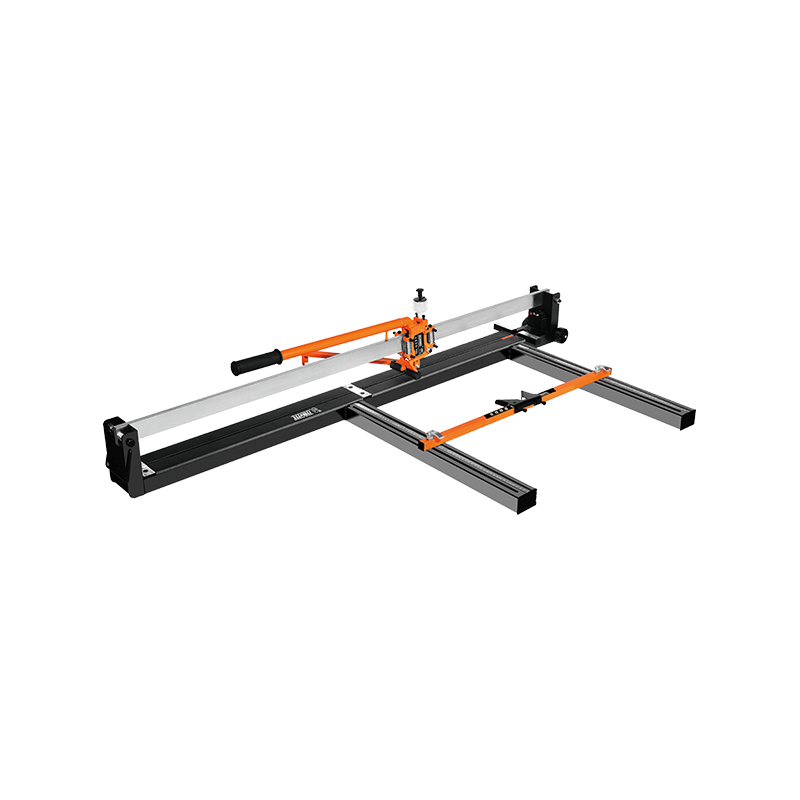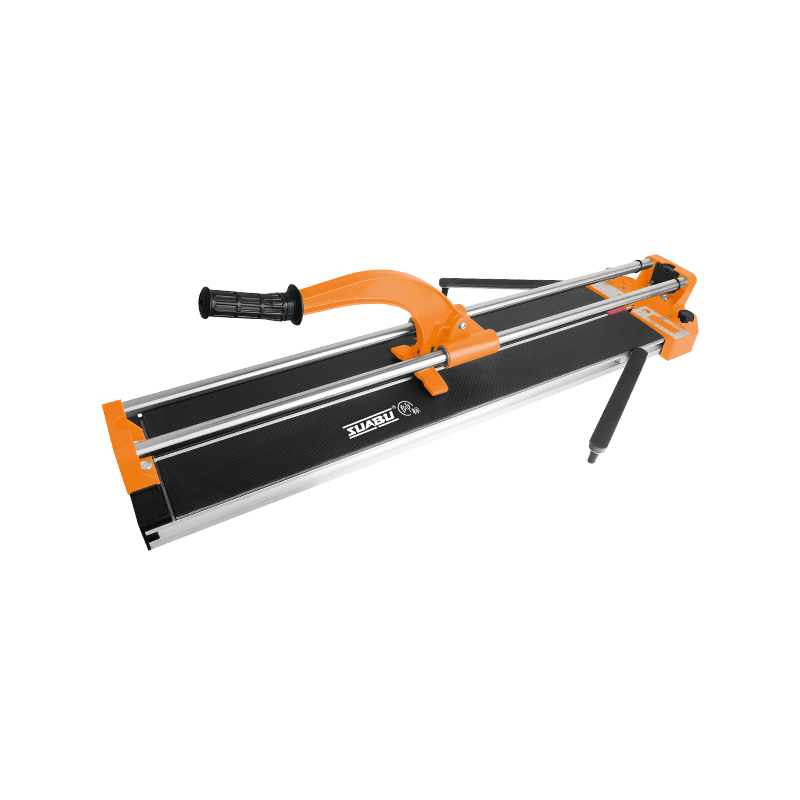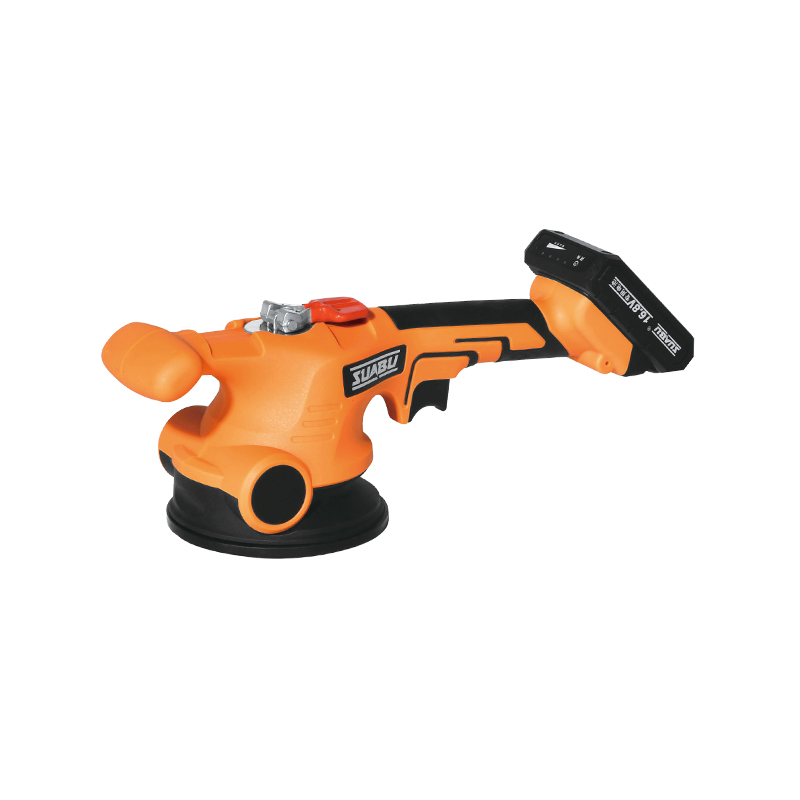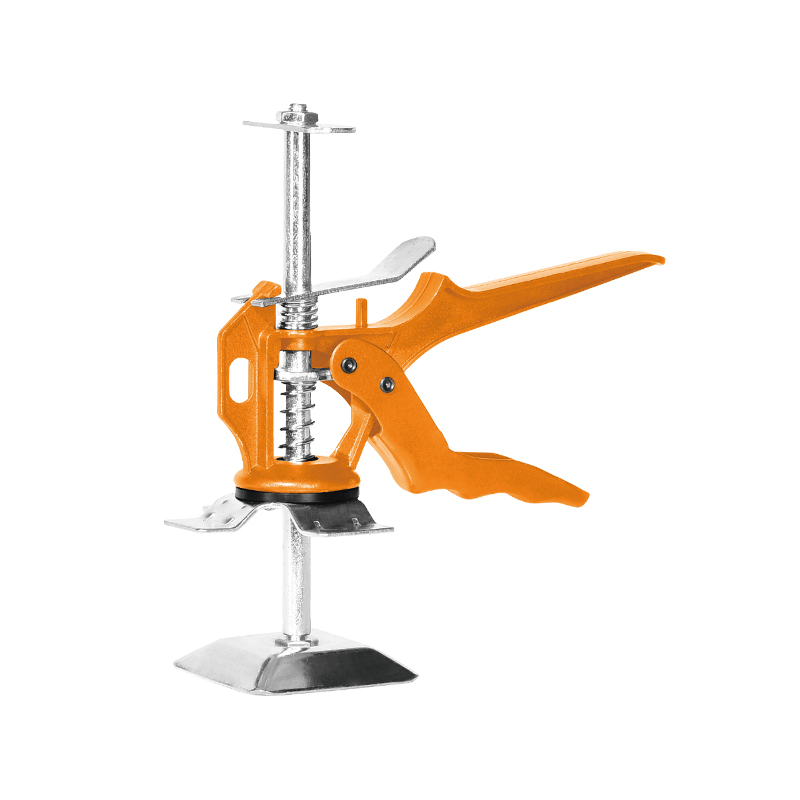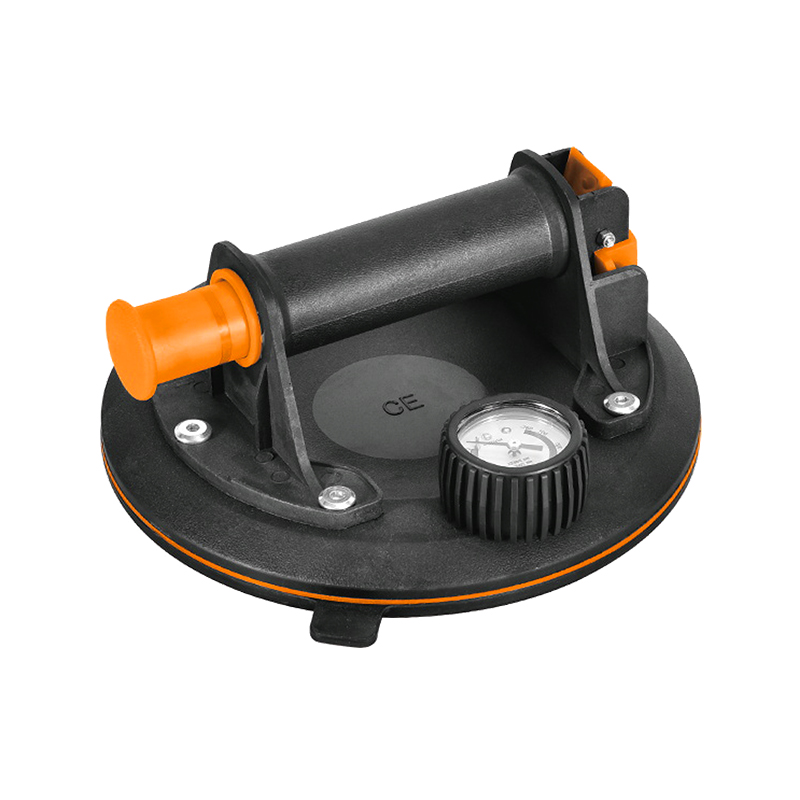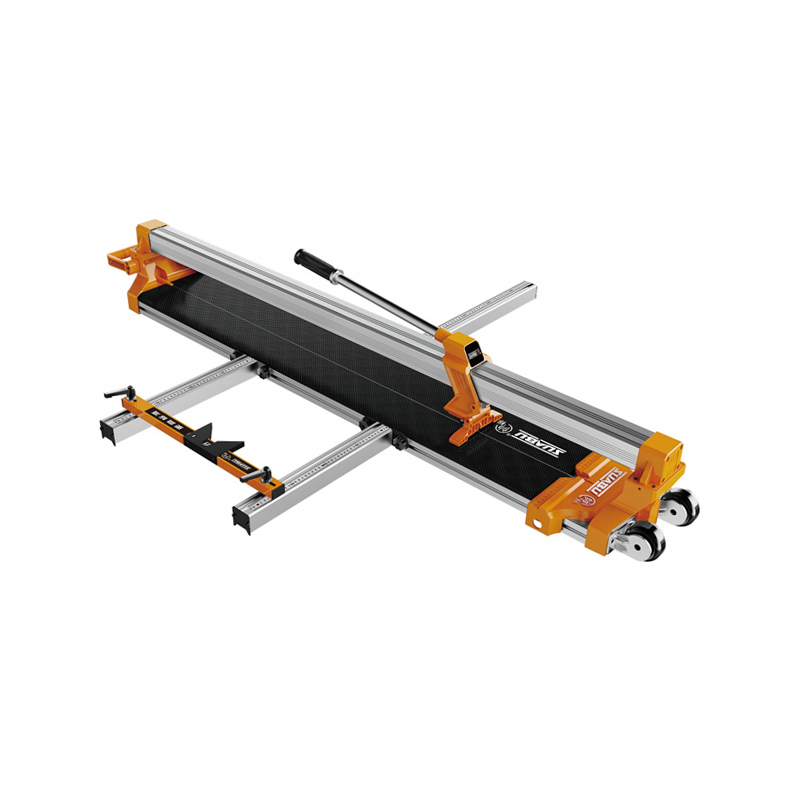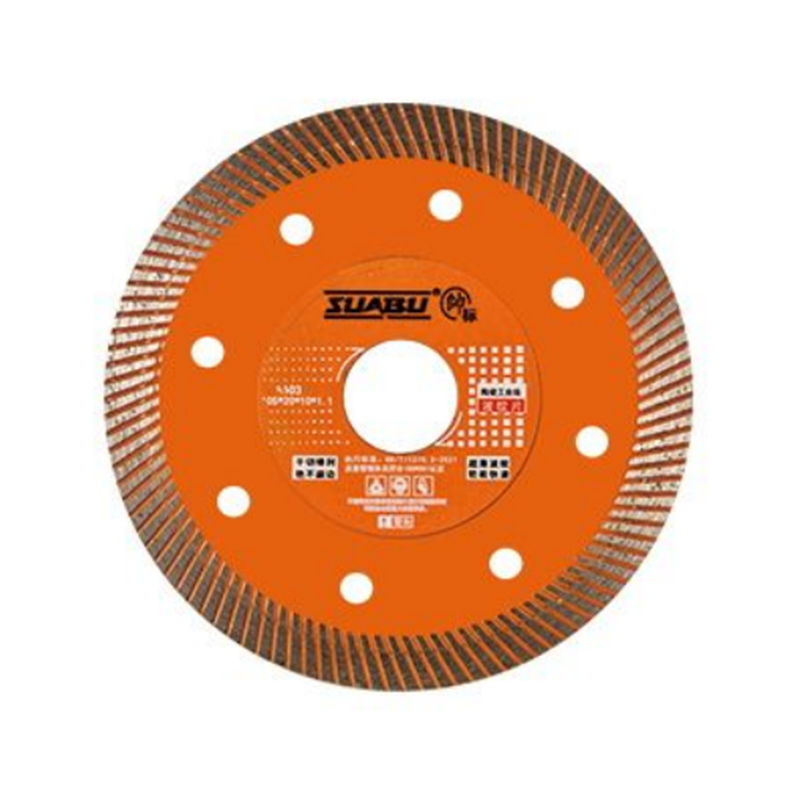New Developments In Professional Tile Tools Support Cleaner Cuts
2025-06-20
In recent years, the tile installation industry has seen steady progress in the development of specialized equipment. Among the innovations, Professional Tile Tools continue to evolve in design and function, addressing long-standing challenges faced by contractors and DIY enthusiasts alike. These advancements contribute to improved work quality, especially in precision cutting, alignment, and surface finish. As ceramic tiles become more varied in texture and size, the demand for precise tools like the tile cutter for ceramic tile also increases.
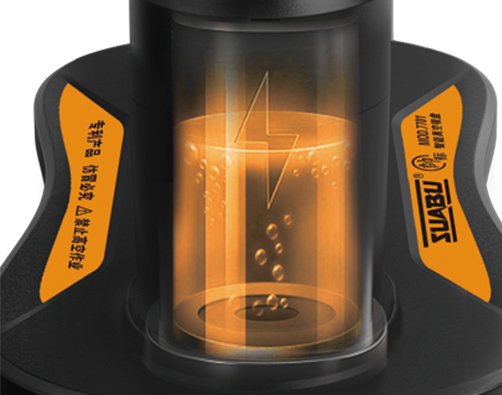
A tile cutter for ceramic tile is now commonly seen as an essential device in both residential and commercial tiling projects. Newer models feature upgraded scoring wheels and improved base stability, which enhance control during the cutting process. These features help reduce chipping and cracking, particularly with thinner or glazed ceramic tiles. Alongside that, the improved ergonomics of Professional Tile Tools have helped reduce user fatigue, allowing longer work periods with consistent accuracy.
The function of Professional Tile Tools has shifted from basic utility to offering better adaptability in varied job settings. For example, modern tile cutters are no longer limited to simple straight-line cuts. Many current models support diagonal, L-shaped, and even corner trimming with small repositioning. These improvements are particularly helpful in custom or irregular tiling layouts, where precision is key to achieving a seamless appearance. A reliable tile cutter for ceramic tile that offers such flexibility ensures tiles are shaped properly to fit complex spaces without unnecessary waste.
Another area where Professional Tile Tools have made a difference is in dust control and cleanliness. Certain tile cutting systems now come with features that help limit debris, making worksites cleaner and more manageable. When using a tile cutter for ceramic tile indoors, this can be especially useful to less airborne particles, contributing to a safer environment. While these tools do not eliminate the need for proper ventilation or safety gear, they play a role in reducing cleanup time and keeping the workspace organized.
In addition to manual options, electric variations of the tile cutter for ceramic tile have seen a surge in interest. These are suited for larger projects that involve thicker or denser materials. When paired with the right cutting disc and water cooling system, they support cleaner edges and smoother finishes. For professionals using a combination of manual and powered Professional Tile Tools, selecting the right tool for each task can improve efficiency and reduce material damage.
As material innovation continues, so too does the need for compatible cutting equipment. Porcelain tiles, for instance, often require a different blade configuration compared to standard ceramic tiles. This has driven manufacturers to fine-tune the designs of Professional Tile Tools to work across a broader range of surfaces. Users of a tile cutter for ceramic tile benefit from these refinements, particularly when switching between tile types without needing multiple tools.
Training and familiarity also influence the effectiveness of any tool. Even with the models, correct handling remains important. While many Professional Tile Tools now feature built-in guides and measurement systems to assist with accuracy, the user's technique still impacts the end result. For this reason, professionals and hobbyists alike are encouraged to practice and review proper usage to make full use of tool features.
The continuous advancement of Professional Tile Tools reflects the industry's response to changing material standards and user needs. The growing functionality and reliability of the tile cutter for ceramic tile highlight how these tools are adapting to modern demands. As more applications emerge in both home and commercial spaces, precision cutting solutions will remain an essential part of tiling practices.

